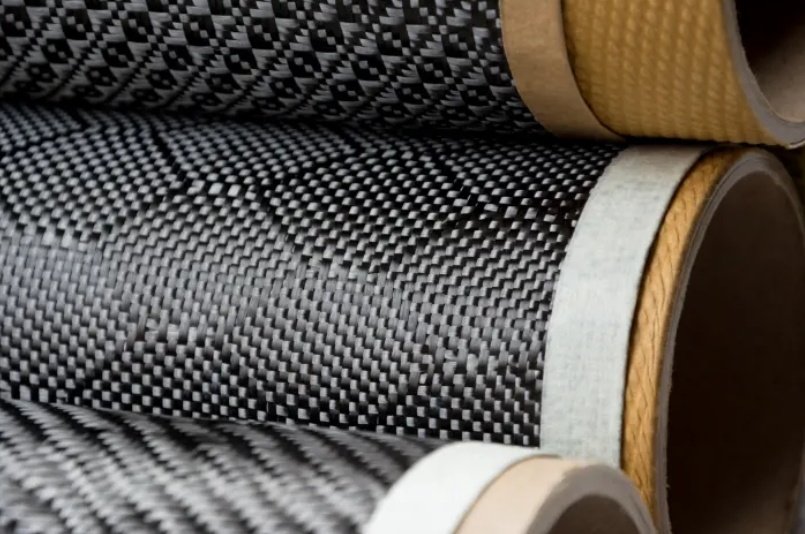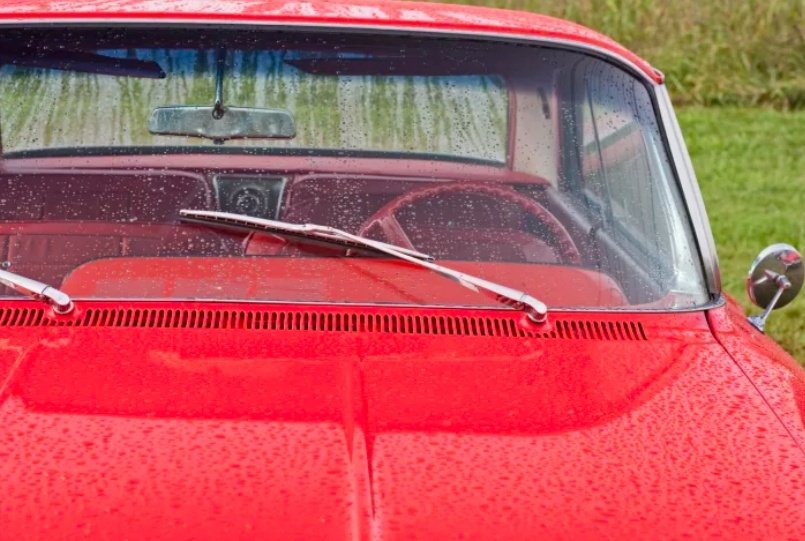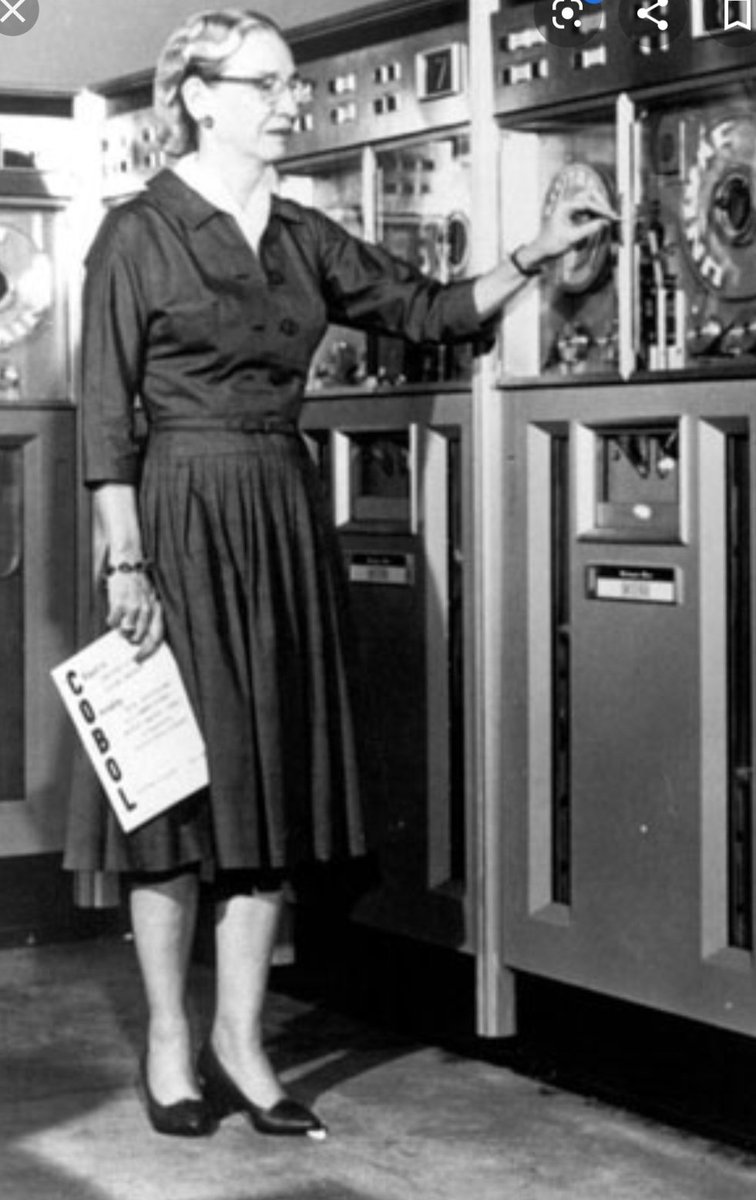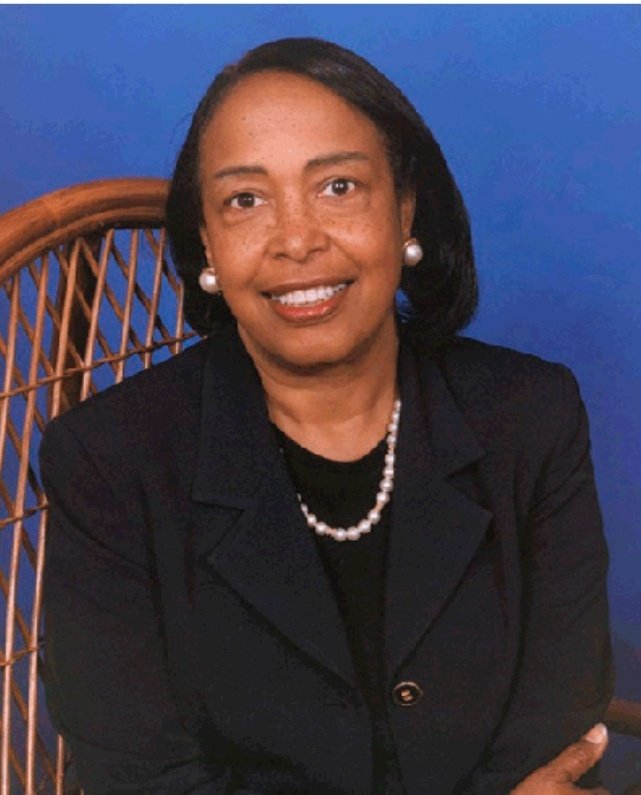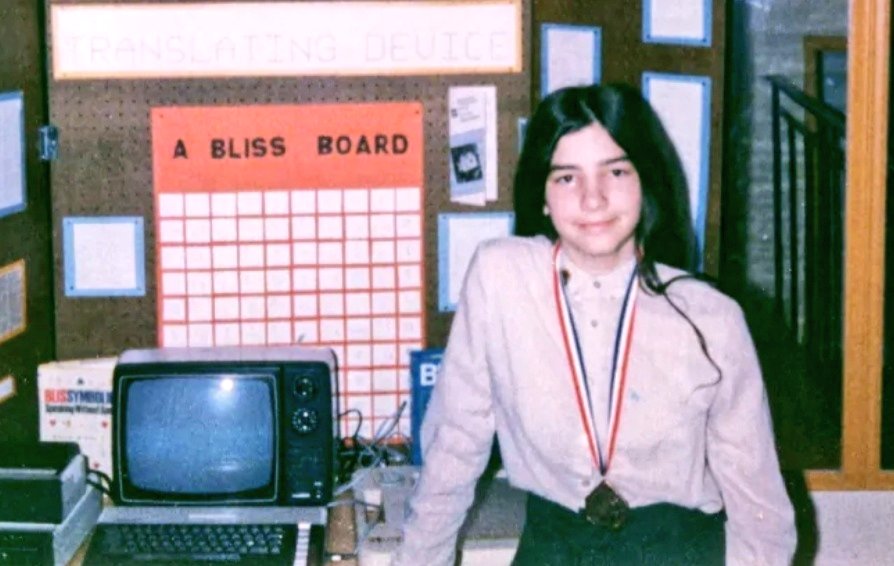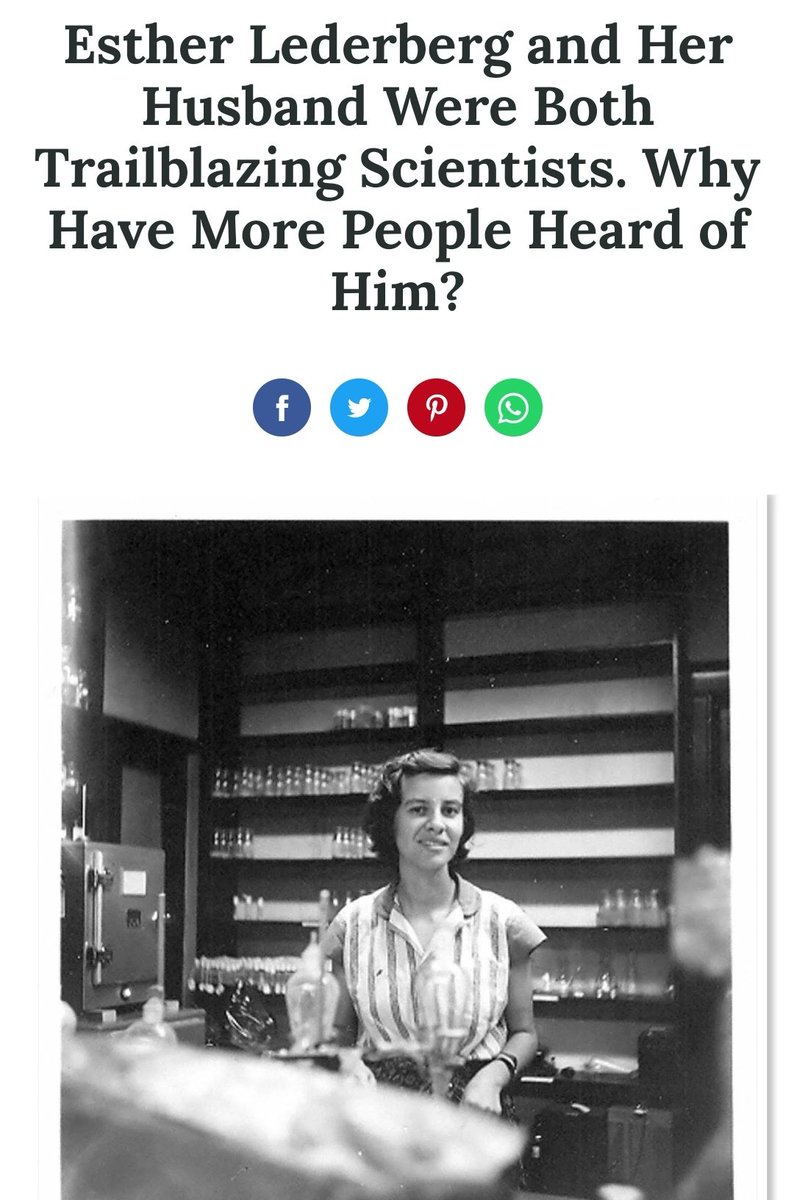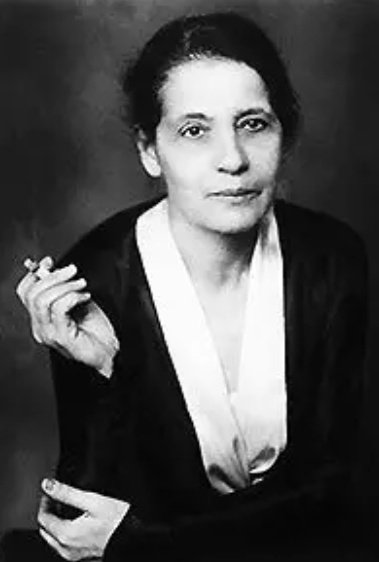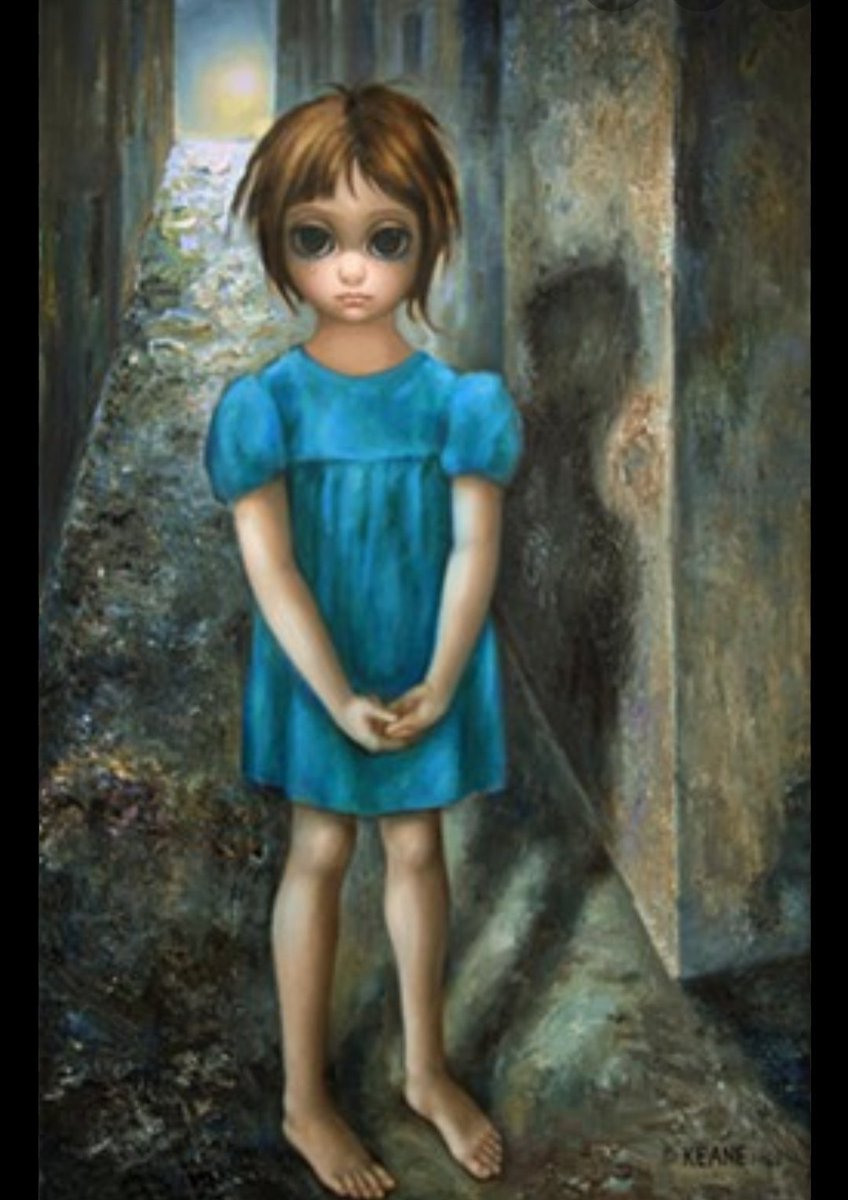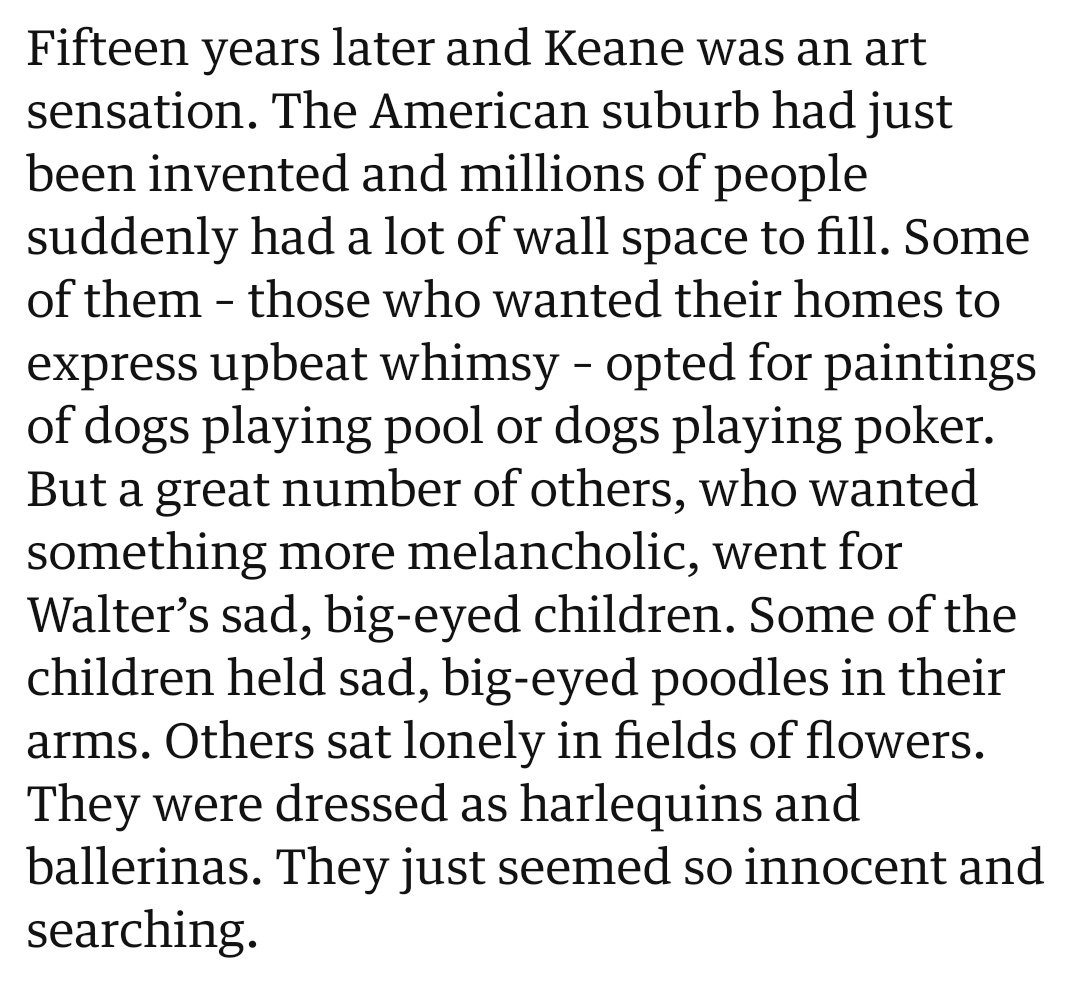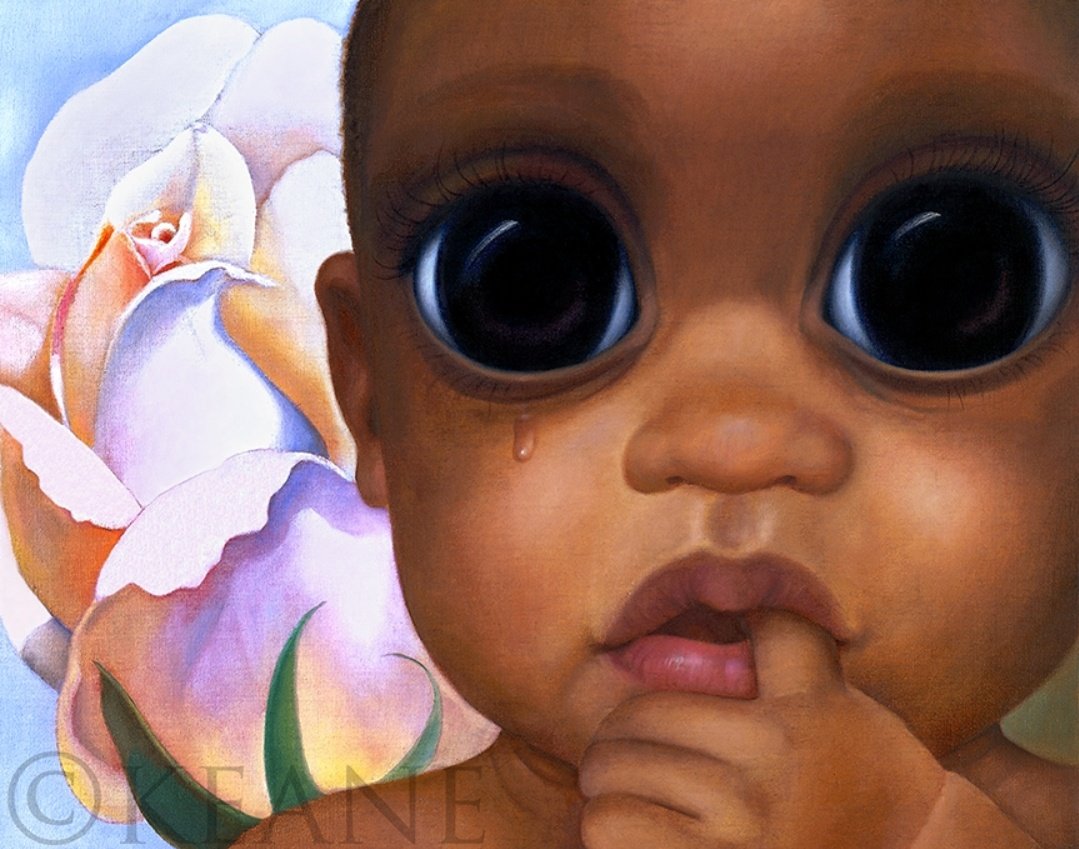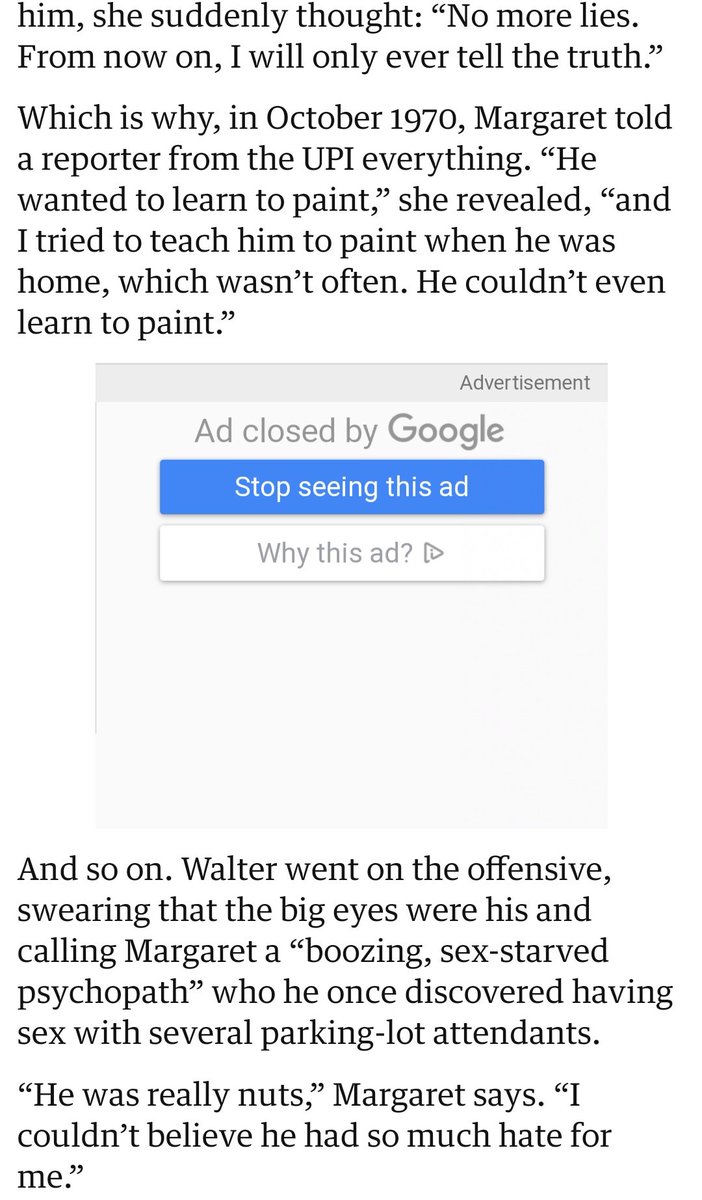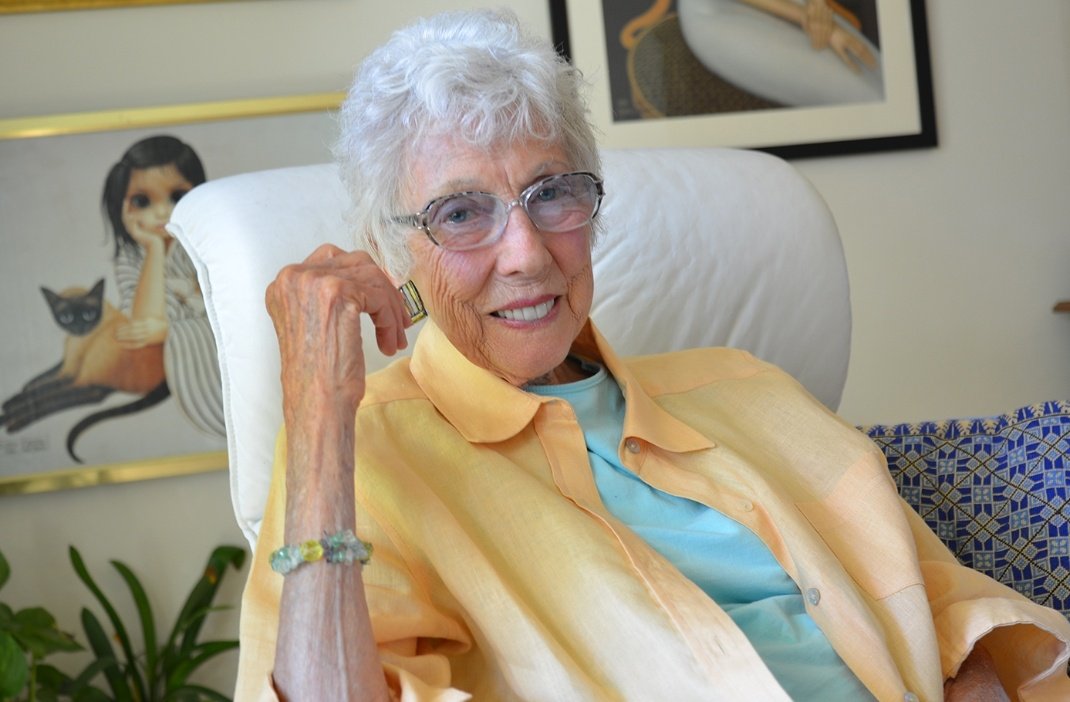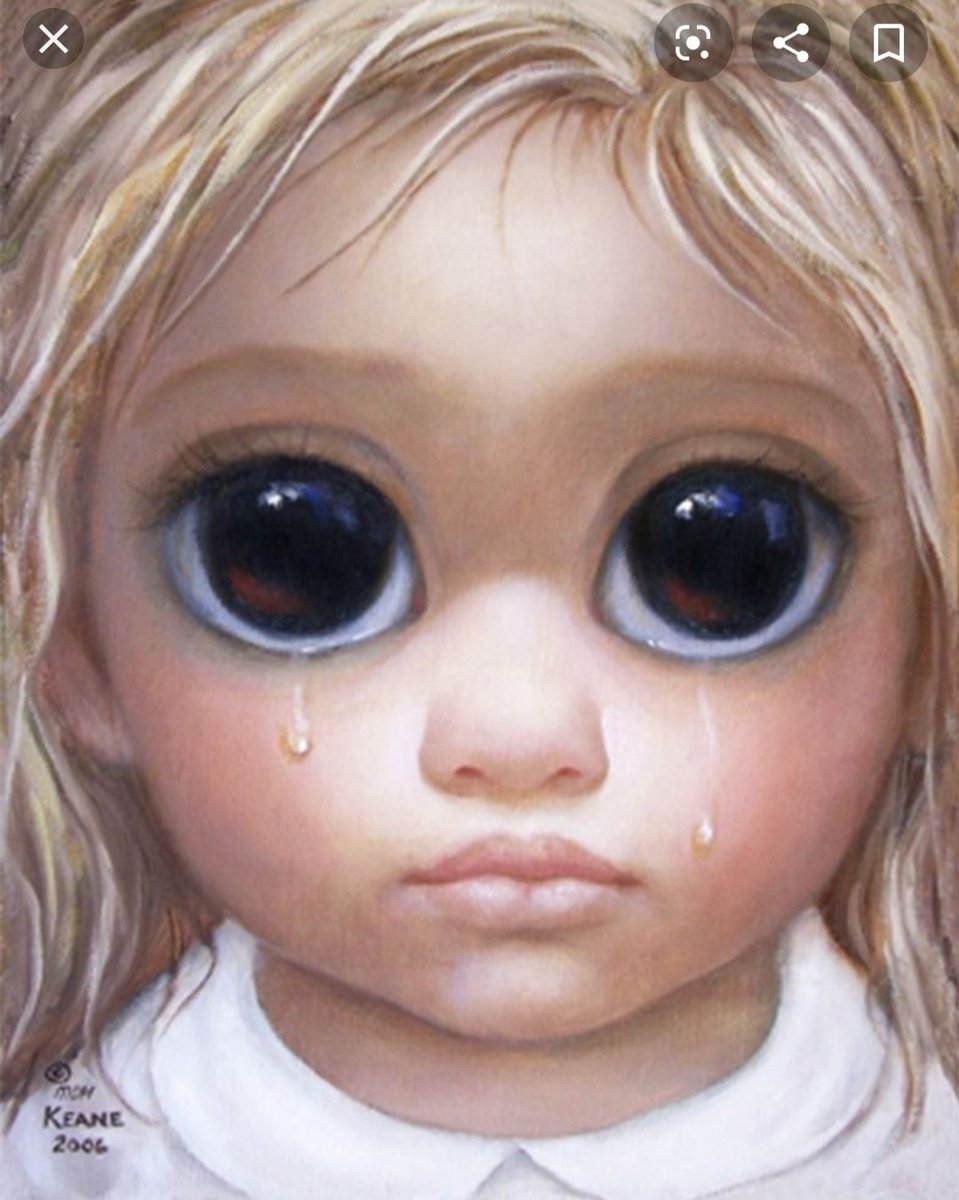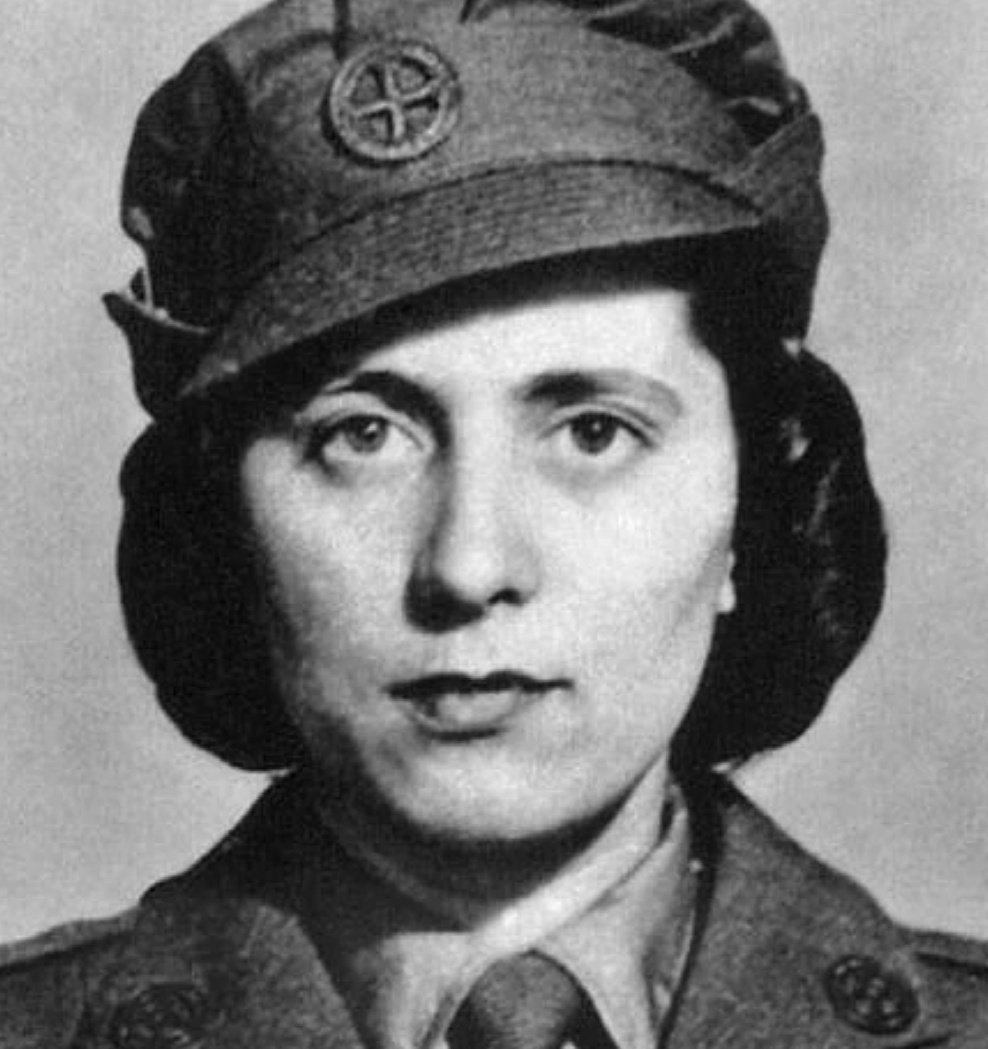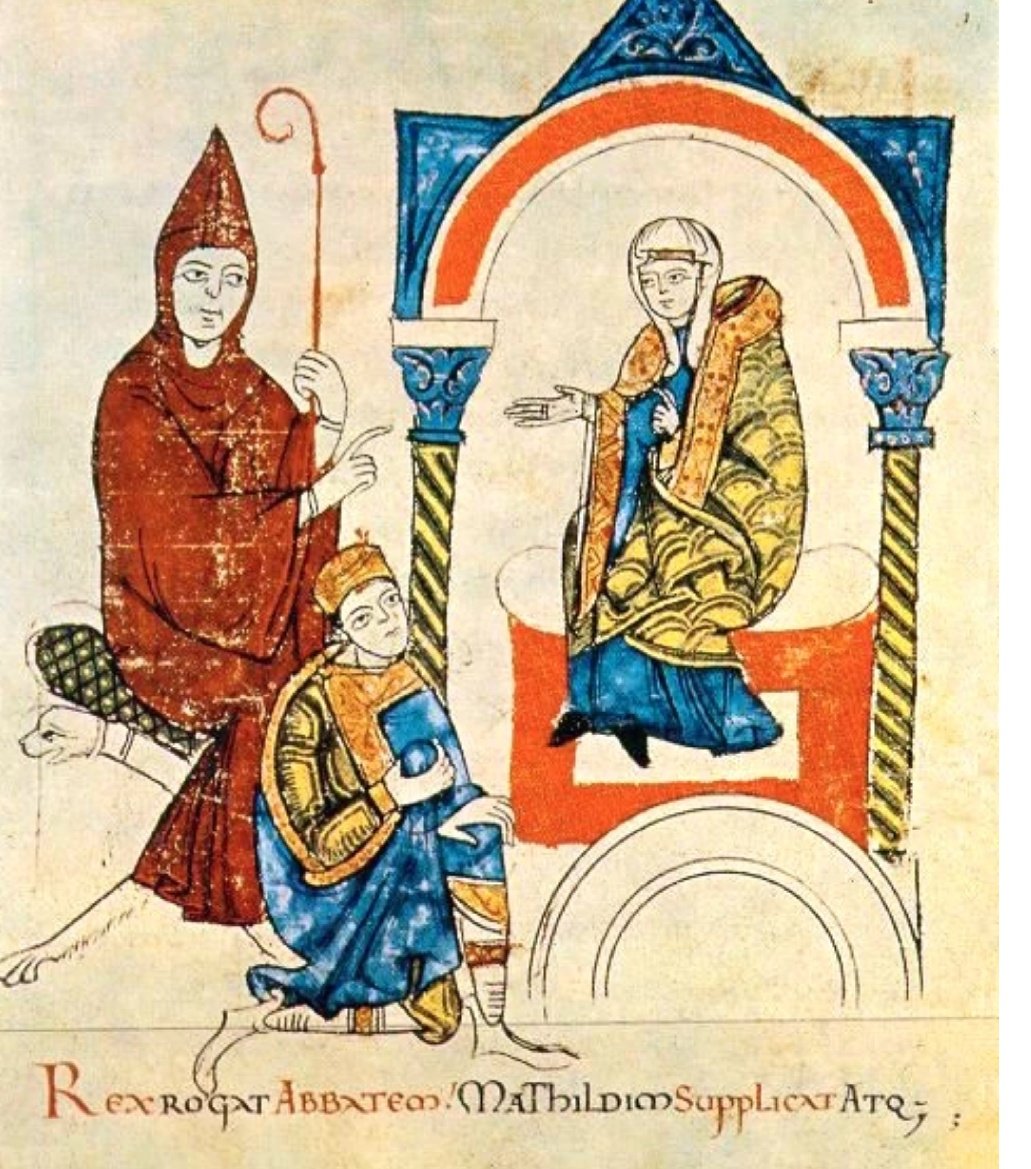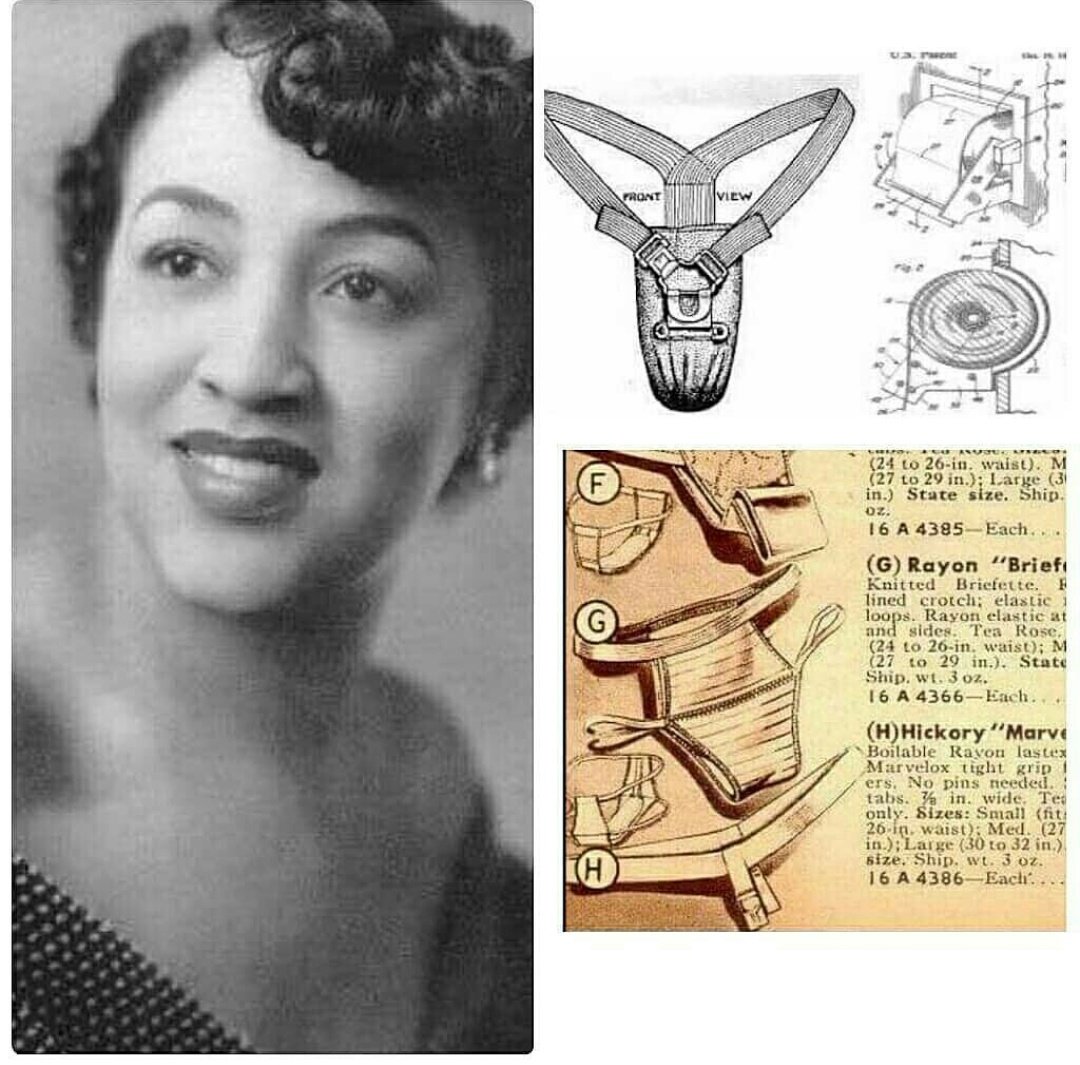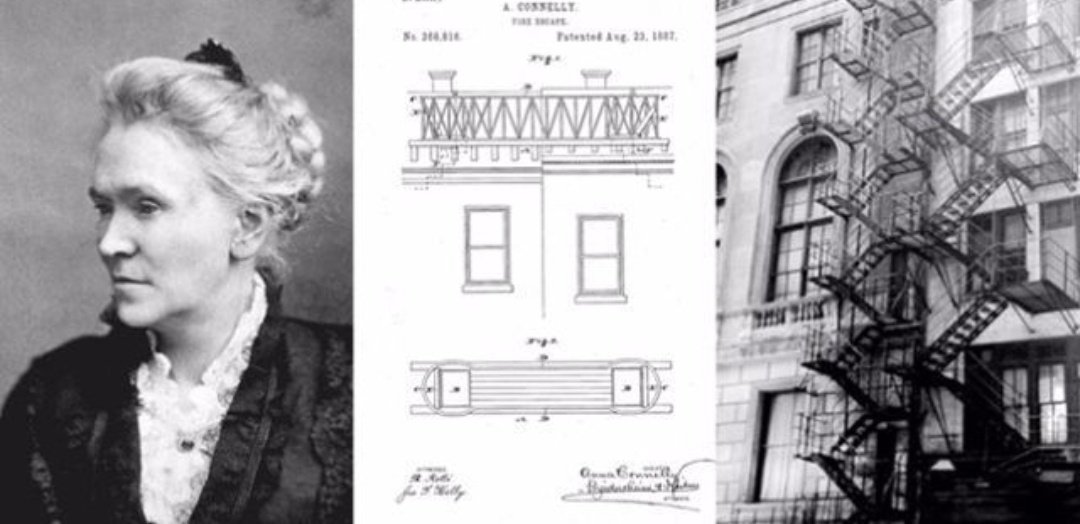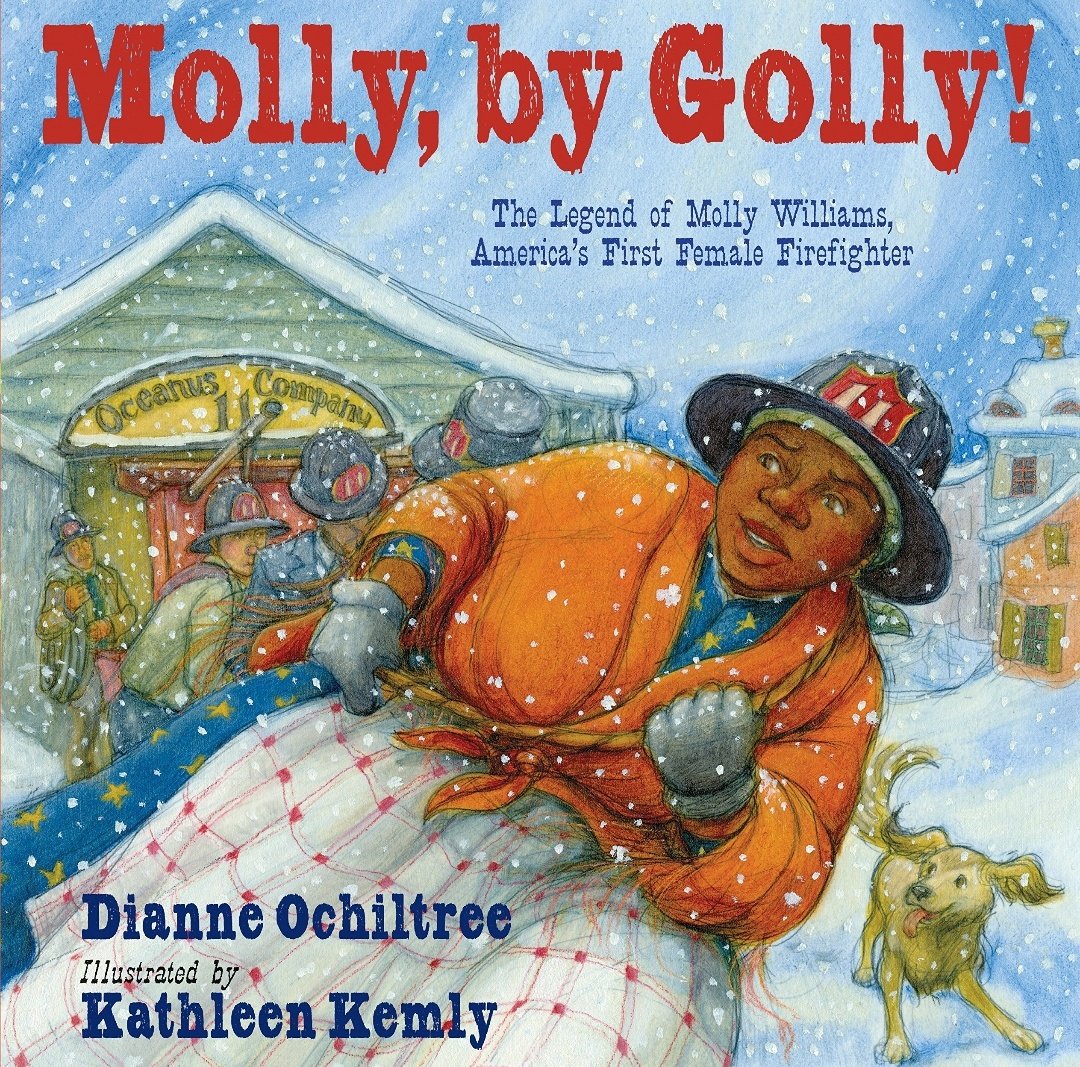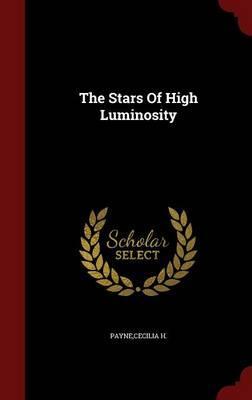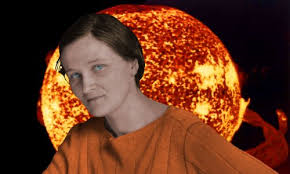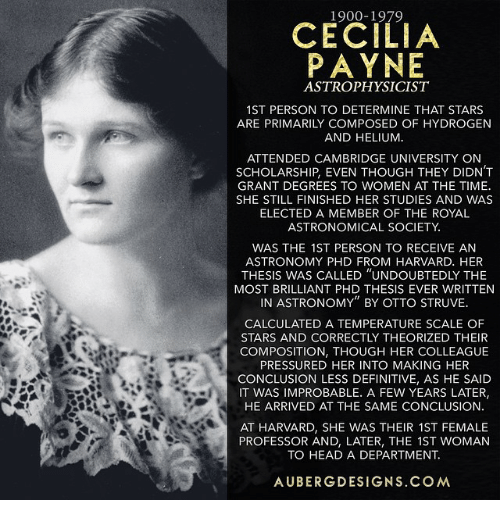Things women have invented
In 1868, cotton mill worker Margaret Knight invented a machine make paper bags with a flat square bottom
A man named Charles Annan saw her design and tried to patent the idea first.
Knight filed a lawsuit and won the patent fair and square in 1871
In 1868, cotton mill worker Margaret Knight invented a machine make paper bags with a flat square bottom
A man named Charles Annan saw her design and tried to patent the idea first.
Knight filed a lawsuit and won the patent fair and square in 1871
Lightweight, high-tensile Kevlar—five times stronger than steel—will take a bullet for you.
DuPont chemist Stephanie Kwolek accidentally invented it while trying to perfect a lighter fibre for car tyres and earned a patent in 1966.
DuPont chemist Stephanie Kwolek accidentally invented it while trying to perfect a lighter fibre for car tyres and earned a patent in 1966.
Lillian Gillbreth was an American psychologist, industrial engineer, consultant & educator who was an early pioneer in applying psychology to time-and-motion studies.
One of the first female engineers to earn a Ph.D., she is considered the first organisational psychologist
One of the first female engineers to earn a Ph.D., she is considered the first organisational psychologist
Lillian Gilbreth improved existing inventions with small, but ingenious, tweaks.
In the early 1900s, she designed the shelves that slot inside refrigerator doors, made the can opener easier to use, and made cleaning up easier with a foot pedal rubbish bin
In the early 1900s, she designed the shelves that slot inside refrigerator doors, made the can opener easier to use, and made cleaning up easier with a foot pedal rubbish bin
Monopoly used to be called "The Landlord& #39;s game" and was invented and patented in 1904 by a woman called Elizabeth Magie.
Her aim was to teach people about the unfairness of land grabbing and disadvantages of renting.
Her aim was to teach people about the unfairness of land grabbing and disadvantages of renting.
Drivers were sceptical when Mary Anderson invented the first manual windscreen wiper in 1903.
They thought it was safe to drive with rain and snow obscuring their view than pull a lever to clear it
After her patent expired in 1920, Cadillac then included them in every car sold
They thought it was safe to drive with rain and snow obscuring their view than pull a lever to clear it
After her patent expired in 1920, Cadillac then included them in every car sold
Martha Coston found ideas for marine signal flares in a notebook that belonged to her late husband.
She spent 10 years working with chemists and pyrotechnic experts to make the concept a reality.
She was still only named as an administrator in the patent in 1859.
She spent 10 years working with chemists and pyrotechnic experts to make the concept a reality.
She was still only named as an administrator in the patent in 1859.
In 1813, a weaver named Tabitha Babbitt suggested that lumber workers used a circular saw instead of the two man saw that only cut when pulled forward.
She made a prototype and attached it to her spinning wheel.
The community wouldn& #39;t approve of her filing a patent for it
She made a prototype and attached it to her spinning wheel.
The community wouldn& #39;t approve of her filing a patent for it
Grace Hopper designed Harvard& #39;s Mark 1 computer in 1945
She invented the compiler that translated written language into computer code, coined the term debugging when she had to remove moths from the device
She also helped develop COBOL, 1 of the 1st modern programming languages
She invented the compiler that translated written language into computer code, coined the term debugging when she had to remove moths from the device
She also helped develop COBOL, 1 of the 1st modern programming languages
Katharine Blodgett, General Electric& #39;s first female scientist, discovered a way to transfer thin coatings to glass and metal in 1935.
The result.....glass that eliminated glare and distortion.
Now used in cameras, glasses, microscopes etc
The result.....glass that eliminated glare and distortion.
Now used in cameras, glasses, microscopes etc
Sarah E Goode invented a folding cabinet bed in 1885, which not only maximised space in small homes but made her the first African American woman with a US patent.
Sarah Mather invented the combination telescope and lamp for submarines in 1845
A remarkable device and yet almost nothing is known about the inventor.
A remarkable device and yet almost nothing is known about the inventor.
Patricia Bath.
Not only the first African American to complete a medical residence in ophthalmology, co founded American Institute for blindness but became the first black woman doctor to receive a medical patent when she created the Laserphaco probe for cataract surgery
Not only the first African American to complete a medical residence in ophthalmology, co founded American Institute for blindness but became the first black woman doctor to receive a medical patent when she created the Laserphaco probe for cataract surgery
Rachel Zimmerman was 12 years old when she invented the Blissymbol printer in 1884, making it simple for users with physical disabilities to communicate.
The user chooses various symbols to convey their thoughts and the printer translates the images into written text
The user chooses various symbols to convey their thoughts and the printer translates the images into written text
Women have always been pioneering and inventing things.
Women have also been sidelined and forgotten.
This is only a tiny example
Fighting sexism and often racism too.
Let& #39;s not forget just a few of these women who have made the world a much better place for us to live in.
Women have also been sidelined and forgotten.
This is only a tiny example
Fighting sexism and often racism too.
Let& #39;s not forget just a few of these women who have made the world a much better place for us to live in.
In 1958, Esther Lederberg was invited to a ceremony in Sweden, not as a bacterial geneticist but as a wife
Alongside other spouses, she will look on while three men—her first husband, her mentor and another research partner—are jointly awarded the Nobel Prize, for work she did
Alongside other spouses, she will look on while three men—her first husband, her mentor and another research partner—are jointly awarded the Nobel Prize, for work she did
While working as a research associate at the King& #39;s College London in 1951, Rosalind Franklin and her student Raymond Gosling discovered that there were two forms of DNA, a dry "A" form and a wet "B" form.
One of their X-ray pictures of the ‘B’ form of DNA, known as Photograph 51, became famous as critical evidence in identifying the structure of DNA
Despite her cautious and diligent work ethic, Franklin had a personality conflict with colleague Maurice Wilkins which cost her.
Despite her cautious and diligent work ethic, Franklin had a personality conflict with colleague Maurice Wilkins which cost her.
Maurice Wilkins secretly showed Photo 51 to competing scientists James Watson & Francis Crick without Franklin’s permission.
Rosalind Franklin died of ovarian cancer in 1958 aged 37.
James Watson and Francis Crick used Franklin’s findings as a basis for their DNA model, took all the credit for it and won a Nobel Prize for it in 1962, four years after she had died.
James Watson and Francis Crick used Franklin’s findings as a basis for their DNA model, took all the credit for it and won a Nobel Prize for it in 1962, four years after she had died.
Lise Meitner was a student under the legendary physicist Max Plank, and the first German woman to hold a professorship at a German University.
As the Nazis rose to power, the young Jewish scientist was forced to flee her home country
As the Nazis rose to power, the young Jewish scientist was forced to flee her home country
She continued to correspond with her research partner, Otto Hahn, from her new location in Scandinavia
In 1938, Hahn and Meitner joined forces to outline the concept of nuclear fission.
In 1938, Hahn and Meitner joined forces to outline the concept of nuclear fission.
This was the groundbreaking moment that would give rise to the awesome destructive capacity of the atomic bomb.
When it came time to publish, Hahn knew that including a Jewish woman on the paper would cost him his career in Germany.
When it came time to publish, Hahn knew that including a Jewish woman on the paper would cost him his career in Germany.
So he published without her, falsely claiming that the discovery was based solely on insights gleaned from his own chemical purification work
Hahn had trouble explaining his "own findings" though.
Hahn had trouble explaining his "own findings" though.
In his paper, he put forth no plausible mechanism as to how uranium atoms had split into barium atoms.
But Meitner had the explanation
A few weeks later, Meitner wrote her famous fission letter to the editor, ironically explaining the mechanism of “Hahn’s discovery.”
But Meitner had the explanation
A few weeks later, Meitner wrote her famous fission letter to the editor, ironically explaining the mechanism of “Hahn’s discovery.”
Even that didn& #39;t help her situation. The Nobel committee awarded the 1944 Nobel prize for Chemistry for the discovery of the fission of heavy nuclei to Hahn alone.
The word fission never appeared in Hahn& #39;s original publication because Meitner was the first to coin that phrase
The word fission never appeared in Hahn& #39;s original publication because Meitner was the first to coin that phrase
The word fission never appeared in Hahn& #39;s original publication because Meitner was the first to coin that phrase in her letter published after.
The Nobel committee have NEVER acknowledged their error to this day.
Let us never forget Lise Meitner
The Nobel committee have NEVER acknowledged their error to this day.
Let us never forget Lise Meitner
While still a graduate student at Johns Hopkins University, Candace Pert discovered the receptor that allows opiates to lock into the brain.
This game-changing neuroscience revelation was so important that in 1978, it earned to coverted Albert Lasker Award.
This game-changing neuroscience revelation was so important that in 1978, it earned to coverted Albert Lasker Award.
The award went to Dr Solomon H. Snyder, who headed the lab.
Dr. Candace Pert was not mentioned.
Dr. Candace Pert was not mentioned.
When Dr Candace Pert wrote a letter of protest to the award committee underscoring her determinant contributions, Dr. Snyder responded with, “That’s how the game is played.”
Margaret Keane is an American artist best known for her trademark “Big Eye” paintings, which were popular in the 1960s.
The only problem was that her fans in the ’50s were convinced the paintings were done by her husband, Walter
The only problem was that her fans in the ’50s were convinced the paintings were done by her husband, Walter
Walter began selling his wife paintings as his own without permission in the 1950s
Margaret discovered what Walter was up to
When she confronted him, Walter used threat, intimidation & emotional abuse to force her silence.
Margaret discovered what Walter was up to
When she confronted him, Walter used threat, intimidation & emotional abuse to force her silence.
As the works gained in popularity, Margaret continued to paint them in obscurity whilst Walter enjoyed his celebrity.
In 1965, the two were divorced and it took her until 1970 to reveal the truth to the public about Walter.
In 1965, the two were divorced and it took her until 1970 to reveal the truth to the public about Walter.
Walter denied her allegations which led to a 1986 courtroom scene in which the two were forced into a paint-off.
Walter claimed his sore shoulder prevented him from painting
Margaret produced a perfect copy of her works, earning the rightful claim to her works in perpetuity
Walter claimed his sore shoulder prevented him from painting
Margaret produced a perfect copy of her works, earning the rightful claim to her works in perpetuity
Born in Argentina in 1875 but raised in Uruguay, Paulina Luisi was the eldest child of European immigrants
After becoming the first woman in Uruguay to earn the equivalent of a bachelor’s degree, Paulina became the first woman to enroll in and complete medical school.
After becoming the first woman in Uruguay to earn the equivalent of a bachelor’s degree, Paulina became the first woman to enroll in and complete medical school.
As the first female medical student, Paulina faced a lot of harassment from male classmates
One day Luisi found a severed human penis in the pocket of her lab coat
She waited till class was over, then held up the offending member & asked if any of her classmates had lost theirs
One day Luisi found a severed human penis in the pocket of her lab coat
She waited till class was over, then held up the offending member & asked if any of her classmates had lost theirs
In 1916, Paulina founded and led the Uruguayan branch of the National Women’s Council.
In late 1932 Uruguay became only the second Latin American country to grant women full voting rights
In late 1932 Uruguay became only the second Latin American country to grant women full voting rights
A controversial aspect of Luisi’s reform platform was obligatory sex health education programmes in the public school system.
She suggested having them first introduced in the primary schools & continuing in secondary level.
She suggested having them first introduced in the primary schools & continuing in secondary level.
She defined sex education as “the pedagogic tool to teach the individual to subject sexual drives to the will of an instructed, conscientious and responsible intellect.”
In 1917, she published a definition of feminism
Woman is something more than material created to serve & obey man like a slave
She is more than a machine to produced children & care for the home
Women have feelings & intellect
She must be a man& #39;s partner, not his slave
Woman is something more than material created to serve & obey man like a slave
She is more than a machine to produced children & care for the home
Women have feelings & intellect
She must be a man& #39;s partner, not his slave
Andree Borrel was 22 when she was recruited to parachute undercover into occupied France to help arm & train the resistance ahead of the D-Day landings.
She was the world& #39;s very first female paratrooper
She was the world& #39;s very first female paratrooper
Andree infiltrated France in the special forces and helped lead the Paris-based resistance.
She was captured and executed one month after D-Day in a concentration camp on French soil.
Despite this, Andree Borrel has been left out of history almost entirely.
She was captured and executed one month after D-Day in a concentration camp on French soil.
Despite this, Andree Borrel has been left out of history almost entirely.
Matilda of Tuscany (1046-1115)
Her name means & #39;mighty in war& #39; and she lived up to it.
Over the course of a 40-year military career, Matilda mustered troops for long-distance expeditions & fought successful defensive campaigns against the Holy Roman emperor.
Her name means & #39;mighty in war& #39; and she lived up to it.
Over the course of a 40-year military career, Matilda mustered troops for long-distance expeditions & fought successful defensive campaigns against the Holy Roman emperor.
She launched ambushes, engaged in urban warfare, directed sieges, lifted sieges and was besieged.
She built, stocked and fortified castles.
She maintained an effective intelligence network
She built, stocked and fortified castles.
She maintained an effective intelligence network
One of her legacies is the founding of around 100 churches, monasteries and hospices.
She knew Latin and could speak German and French.
She knew Latin and could speak German and French.
Gertrude Benham, born in London on 29 July 1867 (my daughter& #39;s birthday) was one of the most prolific world explorers & mountaineers you& #39;ve never heard of
Between 1904 & her death in 1938, she& #39;d circumnavigated the globe 7 times, climbed over 300 peaks of 10,000 feet & above
Between 1904 & her death in 1938, she& #39;d circumnavigated the globe 7 times, climbed over 300 peaks of 10,000 feet & above
Gertrude always travelled alone, hiring local porters on her trips abroad, covering thousands of kilometres on foot across Africa, New Zealand, India, Canada & the Himalayas
She carried a few books, sketched flowers & sold her knitting & embroidery to buy unusual items she liked
She carried a few books, sketched flowers & sold her knitting & embroidery to buy unusual items she liked
Attempts to summit Kilimanjaro by Europeans began in the 1880& #39;s but was one of the most treacherous of any climbs, even more so than today because of the risk of sudden blizzards.
When Benham set out to attempt it, a passing unit of German soldiers warned her not to climb it
When Benham set out to attempt it, a passing unit of German soldiers warned her not to climb it
They said, "This climb hadn& #39;t been completed by any Britisher, man nor woman and very seldom by anyone else."
Bonham& #39;s party then passed a pile of skeletons
Her porters took this as a sign of evil & turned back
Benham shouldered her own kit and summitted alone
Bonham& #39;s party then passed a pile of skeletons
Her porters took this as a sign of evil & turned back
Benham shouldered her own kit and summitted alone
She never received the acclaim that she deserved for this incredible achievement.
When her parents died when she was 36, she travelled to Canada, enticed by adverts promoting the exploration of the Rocky Mountains
When her parents died when she was 36, she travelled to Canada, enticed by adverts promoting the exploration of the Rocky Mountains
One of the toughest peaks was Mt Fay, named for Charles Fay, an American mountaineer who had not even managed to climb it himself.
They both set off to scale the peak at the same time but took different routes. Charles Fay failed to summit whilst Gertrude Benham succeeded
They both set off to scale the peak at the same time but took different routes. Charles Fay failed to summit whilst Gertrude Benham succeeded
She gave her incredible collection of over 600 items from around the world, including her well worn travel boots to the Museum of Plymouth
Sadly she died in 1938 aboard a ship off the East coast of Africa & was buried at sea.
Sadly she died in 1938 aboard a ship off the East coast of Africa & was buried at sea.
Mary Beatrice Davidson Kenner was a self-taught inventor who created the sanitary belt and filed five patents in her lifetime.
Born in 1912 in Charlotte, North Carolina, ideas for self oiling door hinges to stop her bedroom door squeaking ignited a spark deep inside her.
Born in 1912 in Charlotte, North Carolina, ideas for self oiling door hinges to stop her bedroom door squeaking ignited a spark deep inside her.
New ideas for inventions would wake her up from sleep
She occupied herself drawing up models & building them.
She occupied herself drawing up models & building them.
While other children her age were drawing fanciful aeroplanes & sports cars, Kenner was making thoughtful plans for a convertible roof that would go over the folding rumble seat of a car, where back-seat passengers were usually exposed to the elements.
When her family moved to Washington DC in 1924, Kenner would stalk the halls of the United States Patent and Trademark Office, trying to work out if someone had beaten her to it and led a patent for an invention first.
The 12-year-old didn’t find any that had done so.
The 12-year-old didn’t find any that had done so.
In 1931 Kenner graduated from high school & earned a place at Howard University, but was forced to drop out a year into her course due to financial pressures
She took on odd jobs such as babysitting before landing a position as a federal employee, but she continued tinkering.
She took on odd jobs such as babysitting before landing a position as a federal employee, but she continued tinkering.
The problem was money
FIling a patent was, & is an expensive business.
By 1957 Kenner had saved enough money to her first ever patent: a belt for sanitary napkins.
It was long before the advent of disposable pads & women were still using cloth pads and rags during their period
FIling a patent was, & is an expensive business.
By 1957 Kenner had saved enough money to her first ever patent: a belt for sanitary napkins.
It was long before the advent of disposable pads & women were still using cloth pads and rags during their period
One day she was contacted by a company that expressed an interest in marketing her sanitary belt.
She was so excited. She saw that things were coming her way at last.
A company rep drove to Kenner& #39;s house in Washington to meet with their prospective client
She was so excited. She saw that things were coming her way at last.
A company rep drove to Kenner& #39;s house in Washington to meet with their prospective client
She quotes, "Sorry to say, when they found out I was black, their interest dropped. The representative went back to New York and informed me that the company was no longer interested "
Unfettered, Kenner continued inventing all of her adult life.
She eventually managed to file five patents in total, more than any other African American woman in history.
She eventually managed to file five patents in total, more than any other African American woman in history.
Kenner had no college degree or professional training. She never became rich from her inventions.
But that was incidental to her. She believed anyone could become an inventor if they put their mind to it
"Every person is born with a creative mind. Everyone has that ability"
But that was incidental to her. She believed anyone could become an inventor if they put their mind to it
"Every person is born with a creative mind. Everyone has that ability"
Did you know that modern fire escapes owe their existence to a woman?
At a time before women were allowed to vote or even work outside the home, Anna Connelly was one of the first women to submit an idea to the patent office.
At a time before women were allowed to vote or even work outside the home, Anna Connelly was one of the first women to submit an idea to the patent office.
In 1887, Anna Connelly of Philadelphia submitted a patent for her newest invention- a fire escape bridge.
This bridge type structure would connect adjacent buildings at the roof line.
This bridge type structure would connect adjacent buildings at the roof line.
If a fire broke out and people could get to the top of the building, they could escape across the bridge to safety to the building next door.
It had steel or iron railings along the side to prevent people from slipping or falling off in panic.
It had steel or iron railings along the side to prevent people from slipping or falling off in panic.
Little is known about Anna Connelly. According to city records, she had been filing patents since 1877, but her fire escape bridge is her most valuable contribution.
Like many other women inventors, her name is only mentioned briefly in history.
Like many other women inventors, her name is only mentioned briefly in history.
Molly Williams was an African American woman, held as a slave belonging to a New York City merchant by the name of Benjamin Aymar.
Aymar had an interest in firefighting and he would often volunteer as a firefighter with Oceanus Engine Co. 11 in Lower Manhattan
Aymar had an interest in firefighting and he would often volunteer as a firefighter with Oceanus Engine Co. 11 in Lower Manhattan
During 1818, a blizzard hit the city and an influenza outbreak took many male volunteers out of work.
Williams took the place of the sick men and helped out in the fire house.
Williams took the place of the sick men and helped out in the fire house.
During this time a call came into the firehouse.
Williams answered the call and pumped out as much strength as all the men.
Williams earned the name Volunteer 11.
She was also well noted for her distinguished presence in her attire
A dress and checkered apron.
Williams answered the call and pumped out as much strength as all the men.
Williams earned the name Volunteer 11.
She was also well noted for her distinguished presence in her attire
A dress and checkered apron.
Although not specifically a woman who invented something, she is definitely worth a place here in this thread.
When I& #39;m still being challenged in 2019 as to whether women deserve a place in the fire service, Molly Williams already proved that in 1818.
Amazing woman
Legend
When I& #39;m still being challenged in 2019 as to whether women deserve a place in the fire service, Molly Williams already proved that in 1818.
Amazing woman
Legend
In 1925, when astronomers believed starts to be made of heavy elements, a 25 year old student called Cecelia H Payne wrote a revolutionary doctoral dissertation.
She claimed that our Sun, all stars and thus the universe itself, were composed mainly of hydrogen.
She claimed that our Sun, all stars and thus the universe itself, were composed mainly of hydrogen.
She had a great start to life.
At age six, Cecilia began attending a small girls’ school across the street from her home in Wendover.
It was run by Miss Elizabeth Edwards, who told her classes that women were the stronger sex
At age six, Cecilia began attending a small girls’ school across the street from her home in Wendover.
It was run by Miss Elizabeth Edwards, who told her classes that women were the stronger sex
Cecilia learned to read. There were frequent exercises in mental arithmetic. Miss Edwards required her girls to learn lengthy poems by heart – Cecilia said this helped her later scientific work because it developed her memory to a very high level.
By the time she left this small school, Cecilia had learned basic Latin and could speak French and German.
She had studied geometry, could do algebra up to the level of quadratic equations and had been taught how to use a chemical balance. At home she became a skilled pianist.
She had studied geometry, could do algebra up to the level of quadratic equations and had been taught how to use a chemical balance. At home she became a skilled pianist.
Payne received the first Ph.D. in astronomy from Radcliffe College for her thesis since Harvard did not grant doctoral degrees to women.
Astronomers Otto Struve and Velta Zebergs later called her thesis “Undoubtedly the most brilliant Ph.D. thesis ever written in astronomy.”
Astronomers Otto Struve and Velta Zebergs later called her thesis “Undoubtedly the most brilliant Ph.D. thesis ever written in astronomy.”
Henry Norris Russell, the leading contemporary expert on stellar spectra, dismissed the young woman& #39;s theses as "impossible
He thought stars would have the same composition as Earth
He thought stars would have the same composition as Earth
Payne soon realized that Russell’s influence on American astronomy was so powerful that to get on the wrong side of him would be professional suicide.
Four years later. Henry Russell published a paper of his own announcing the EXACT same conclusions.
Whilst her name should be as well known as Galileo, Newton or Einstein, the patriarchal structure of Institutional academia prevented this from happening & she has been forgotton
Whilst her name should be as well known as Galileo, Newton or Einstein, the patriarchal structure of Institutional academia prevented this from happening & she has been forgotton
Today, all our science textbooks name hydrogen as the most abundant atom in the universe, but few acknowledge how we got to this essential conclusion.
Say her name.
Remember Cecelia Payne
Thanks to @marcuschown & @paulanthd for this addition
Say her name.
Remember Cecelia Payne
Thanks to @marcuschown & @paulanthd for this addition

 Read on Twitter
Read on Twitter
